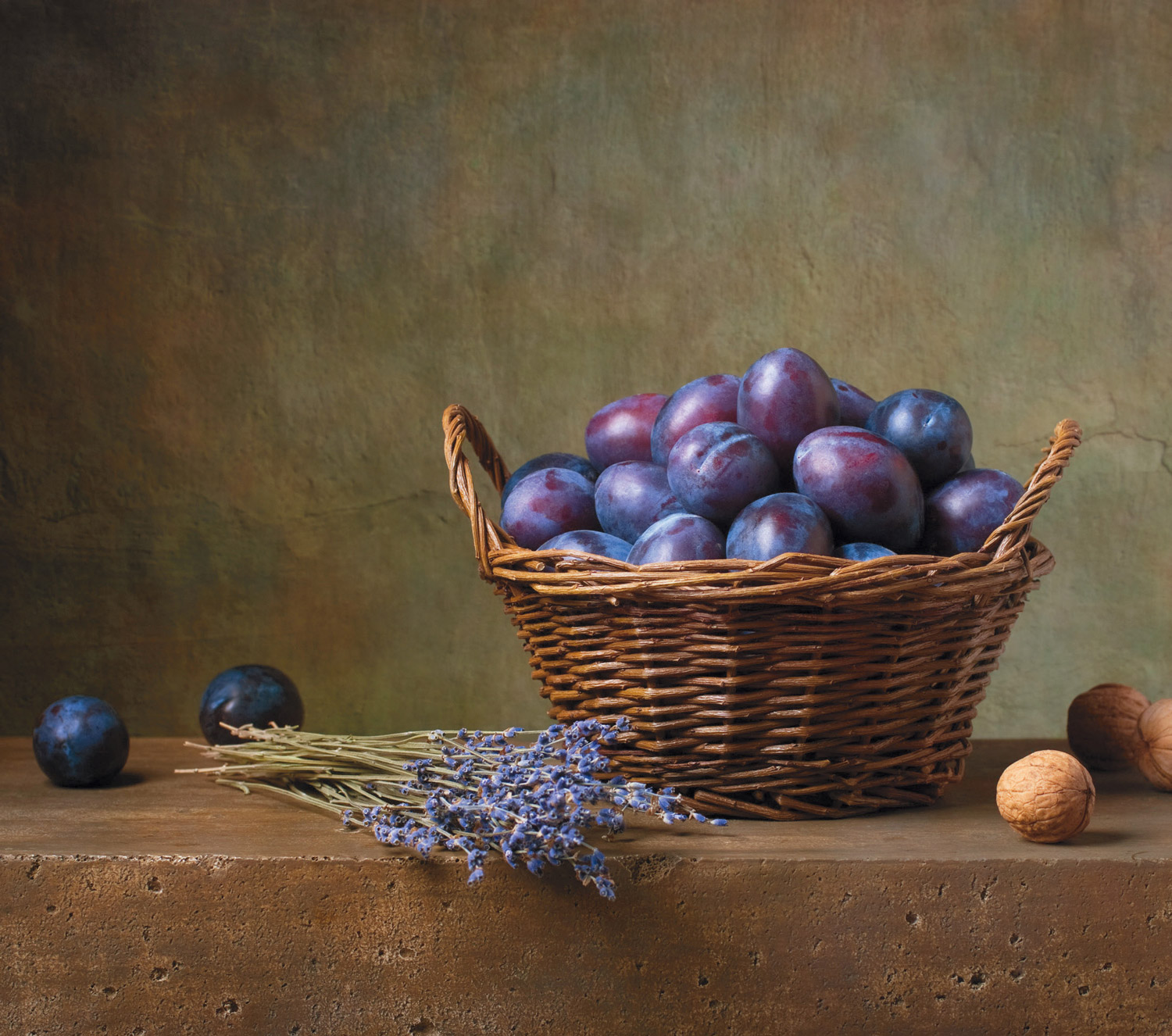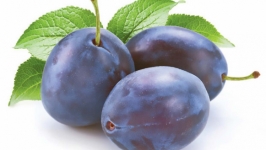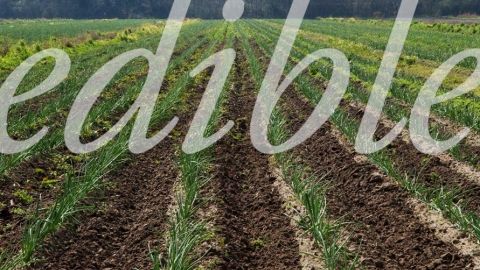The Health Benefits of Plums
PURPLE PICKS
In the hot, lazy days of summer, nothing is more refreshing than a sweet treat fresh from the orchard. Though they share the seasonal spotlight with other favorites like peaches and nectarines, plums never go unnoticed, despite their relatively short season.
Plum season begins in mid-July and continues through September, depending on the variety.
“There are two kinds of plums people are most familiar with: Japanese plums and European plums,” says Peter Tischler, orchard manager at Comeback Farm in Asbury. “Japanese plums are mostly available in the summer and come in many colors, including red, purple and yellow. European plums (also called prune plums) are mainly blue or purple and a little smaller in size, and are harvested in late summer into early fall.”
Tischsler explains that there are many different varieties and colors of plums, including Damson (purple), Greengage (green), Mirabelle (deep yellow) and Satsuma (red)—with their inner colors sometimes matching the skin, sometimes not.
While plums are grown throughout the Garden State, it takes a little time before trees yield a hardy crop.
“Trees fruit when they are a little over a year old. While you can get a little crop the second year or third year, trees fully mature when they are 5 to 7 years old,” he says, adding that growing them has its challenges.
“One of the main difficulties is the varying spring temperatures,” he says. “If the flowers freeze, you can lose an entire crop. Mother Nature has been delivering such drawbacks within the last several years.”
When it comes to enjoying them, nothing compares to locally grown fruit.
“One of the benefits of buying local plums is that they’re picked at peak ripeness or just before, so you can enjoy their best flavor. If you purchase plums from a grocery store, they are often picked early in order to withstand shipping,” he says.
Along with choosing local, wild plums can be found growing throughout the region.
“Beach plums (Prunus martima) are found along the Chesapeake Bay and [along] the Atlantic coast of Maryland up through the southern coast of Maine,” says Randi Eckel of Toadshade Wildflower Farm in Frenchtown. “They are found in the wild in nearly half the counties of New Jersey, growing amid the dunes, and are specific to the East Coast. They don’t grow wild anywhere else in the world,” says Eckel.
Eckel explains that beach plums thrive best in well-drained soil, grow to be 3 to 6 feet tall and have reddish brown bark with horizontal stripes called lenticles.
“The fruits are about 1 inch wide and can be eaten fresh. Due to natural variation in wild populations, there are also variations in flavor. They can range from quite sweet to deliciously tart, are excellent for processing and making in to jams and jellies or baking. Beach plums ripen in August and continue into the early fall,” she says.
Whether from the orchard or the wild, plums offer sweet rewards when it comes to nutrition.
“Plums and prunes have always been known for benefiting bowel health, and that’s because they offer a good source of soluble and insoluble fiber,” says Christina Frescki, a clinical dietitian at Robert Wood Johnson University Hospital in Rahway. “Think of eating fiber as providing exercise for your intestines, which have to work hard to break it down. Just like going to the gym to strengthen your muscles, fiber helps make your intestinal walls stronger, which helps strengthen digestion,” she says, adding that a 2.5-ounce plum contains a little under 2 grams of fiber.
Plums are a low-glycemic food, and they help balance blood sugar.
“Glycemic index is an indicator of how quickly something you eat turns into sugar in your body. Plums have a low glycemic index because they are nutrient dense and high in fiber, making them friendly to those with sugar imbalance issues,” she says.
Plums are also high in beneficial vitamins and nutrients.
“Being rich in potassium, phosphorous, calcium and vitamin K has linked them to supporting bone health,” says Frescki. “Additionally, they offer a good source of vitamin A, which is often associated with orange fruits and vegetables.”
Frescki adds that they are a fantastic choice for a post-workout snack.
“Plums are high in potassium, which is good for the heart and circulation— that’s why it’s often recommended to eat a banana after a workout to avoid muscle cramps. Reaching for a plum is a good alternative.”
So, as the warm days linger, cool off with a juicy Jersey plum— a sweet treat that, like summer, will be gone before you know it.
PLUM POSSIBILITIES
In addition to simply biting in, Christina Frescki, a clinical dietitian at Robert Wood Johnson University Hospital in Rahway, suggests enjoying plums sliced in yogurt parfaits or in savory pork dishes, sauces and stuffings. Add them to oatmeal for an additional fiber boost. Breakfast, lunch, or dinner—there’s always a place for plums!











